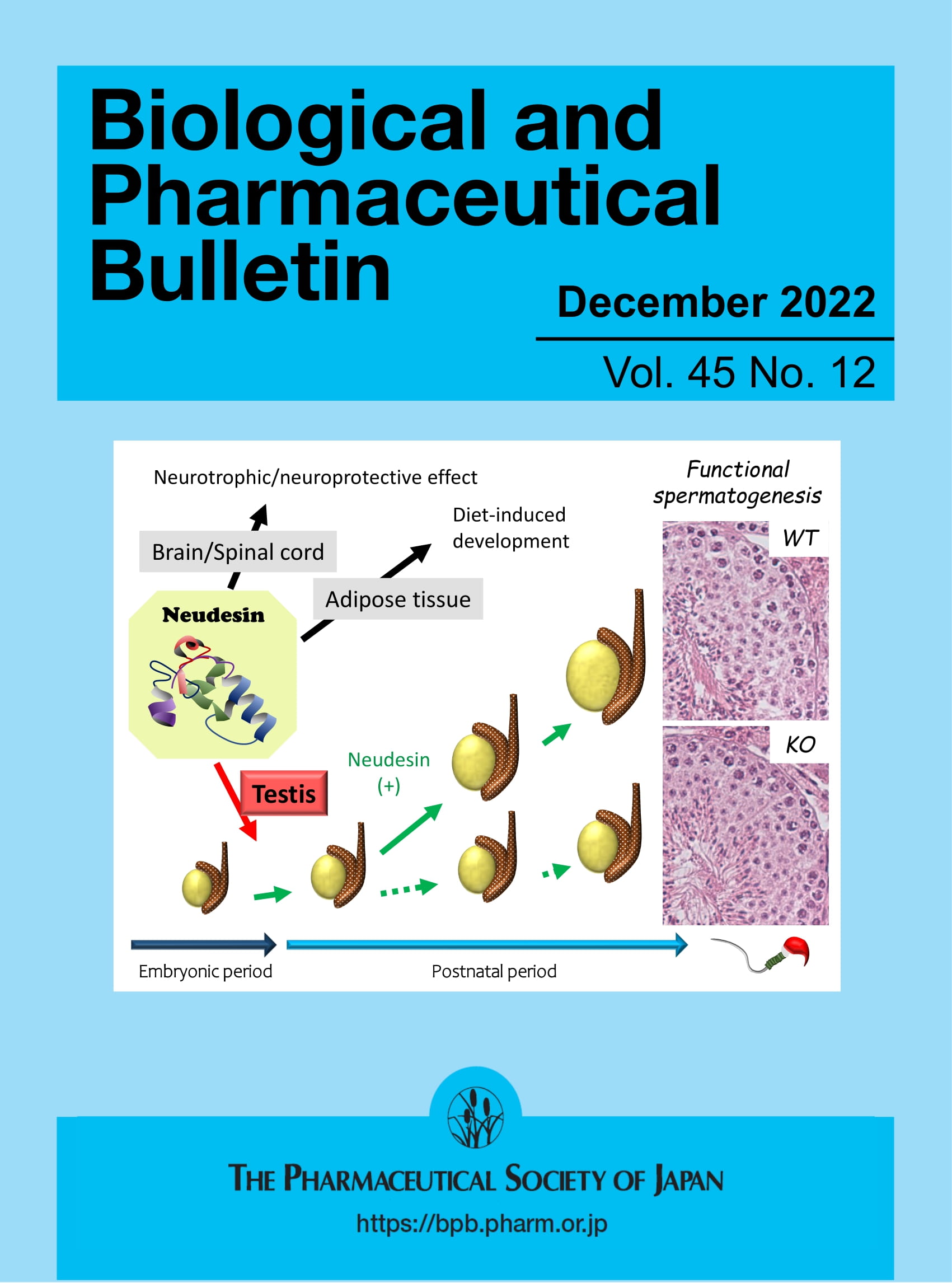Characterization of Larvicidal Diterpene Resin Acids in Melipona quadrifasciata Geopropolis via LC-ESI-MS/MS, GC–MS and Computational Analysis
Abstract
Rationale
Dengue, an arboviral disease transmitted by the Aedes aegypti mosquito, is a major global public health problem challenge. Insecticides based on natural products can provide a good alternative to synthetic agents, as they are safer for both the environment and human health. This study evaluated the activity of geopropolis from stingless bees and Apis mellifera bees on Ae. aegypti, using mass spectrometry approaches to identify compounds with larvicidal potential against Ae. aegypti.
Methods
The larvicidal activity of propolis from stingless bees and A. mellifera, as well as the Melipona quadrisfasciata geopropolis (a mixture of soil/clay and propolis), was evaluated against Ae. aegypti larvae (Rockefeller strain). ESI-MS/MS analyses were performed using a quadrupole/time-of-flight mass spectrometer for all geopropolis samples, the geopropolis from Melipona quadrifasciata was also analyzed using an ion trap instrument. The ESI-qTOF-MS/MS data were processed in a spectral similarity network using GNPS. Molecular annotation of potential compounds was performed using the in silico tool called NAP. Gas-phase fragmentation mechanisms were proposed in conjunction with computational chemistry studies. Silylated geopropolis samples were also analyzed by GC–MS.
Results
Geopropolis from the stingless bee M. quadrifasciata caused 90% and 100% mortality in Ae. aegypti larvae after 24 and 48 h of exposure, respectively, exhibiting the highest activity. Mass spectrometry-based molecular network approach supported the suggestion of discriminant compounds between active and inactive samples. The combination of NAP predictions with gas-phase reactions from ESI-MS/MS and EI-MS data facilitated the annotation of larvicidal compounds, including diterpene resin acids, such as dehydroabietic acid and its derivatives, abietic acid, and pimaranes.
Conclusion
The combination of HPLC-MS/MS and GC–MS data suggests that diterpene resin acids contribute to the larvicidal effect of M. quadrifasciata geopropolis on Ae. aegypti, enhancing our understanding of potentially bioactive natural products against the arbovirus vector.

 求助内容:
求助内容: 应助结果提醒方式:
应助结果提醒方式:


